Wicklow is a TB hotspot. While the rates of TB incidences across the country have been falling, parts of Wicklow continue to be overrun by TB. Farmers in the county are at the vanguard of dealing with the problem.
Charlie Tottenham lives just outside Ashford and he has been dealing with the disease on his suckler farm since the early noughties, when 90 cattle tested positive for it.
“We’ve had TB on and off since 2000, could be clear for six months to a year at a time and then go down again,” said Tottenham, who has been locked up for the last two and a half years.
In east Wicklow, the figure for reactors per 1,000 tests (APT) was at 8.85 in 2014 but fell to 4.98 in 2015, its lowest level in six years. In west Wicklow, APT was 3.22 but rose to 9.64 in 2015.
Many farmers cite the rising deer population as a factor in the spread of the disease and Tottenham agrees, but he says it is part of a “three-legged stool; badgers, cattle and deer”. For as long as he can remember there have always been deer on his farm.
“I assume they were brought here as meat for the house,” he said. “But over the years the population built up and it exploded when people stopped shooting here.”
Tottenham has a licence to shoot deer and if they are damaging crops or silage you can get a permit to shoot them out of season. However, if they are causing a problem in cattle there are no such provisions.
Suspicions arose that deer may be the cause of TB in the cattle when he got a post-mortem done on a sick deer shot in the woods, the results showed that the deer “was riddled with it”.
Even when the Irish Farmers Journal was taken out to the fields to see the in-calf cows, at least three young deer were in the field beside them, relatively unafraid of human presence. Apparently in the evenings they can even be seen lying down in the field among the cattle.
That’s not to say that they are the sole problem, they have always been on the farm, but Tottenham believes that managing them could help control the spread of disease.
“I’m not one for massacring but there is a happy medium. If the deer aren’t managed, they increase very quickly,” said the pedigree Shorthorn breeder who lets hunters come in to shoot deer on his land. “We take out 50 or 60 here each year, but even then you could still have 20 to 40 deer in the silage field and another group across the road.”
Eradication
The previous Minister for Agriculture, Simon Coveney, said TB could be eradicated by 2030. The cost of the eradication programme is nearly €65m/year according to figures from the Department’s website for 2016, 2017 and 2018.
In a statement in December 2011 the then UK secretary of state for environment, food and rural affairs Caroline Spelman said “no country in the world where wildlife carries TB has successfully controlled the disease in cattle without tackling its presence in wildlife as well”.
However, while the Department has a publicly available policy on badgers as part of the TB eradication programme, no such deer policy is available on the website. Farmers argue that while deer remain unmanaged, the TB will also continue to exist.
Farming alongside deer
Tottenham has had to adjust his farming practices in order to manage the problem. He has reduced his suckler cow numbers from 100 to 60 and both he and his wife got tested for TB after the initial breakout in 2000.
“My problem is that with sucklers I can’t sell yearling or store cattle. The only way I can keep sucklers is by finishing cattle and I don’t buy any in.
“Because I have a closed herd, it has a financial impact if it gets in to the breeding stock.”
Indeed, last week six of the nine animals that tested positive for TB were yearlings and in the previous test, 60 days beforehand, 12 animals tested positive, 11 of which were yearlings. Needless to say, Department of Agriculture valuers are regular visitors to the farm and Tottenham is fairly familiar with the valuation sheets, which are updated weekly following market trends.
“I’ve learnt to live with it because it’s no good stressing. And I never try to pre-empt a test. There’s no logic to it. The last group that went down were nearly all in one shed over the winter. I’ve never had that before.”
By keeping a closed herd, with relatively few outside influences, Tottenham believes that the only source of TB can be the surrounding wildlife. He follows the Department’s guidelines by having water troughs and mineral licks up higher off the ground to stop badgers from accessing them.
If badgers are identified as a cause on a farm, the Department will take out some of them as the sets can be easily found. Deer are not as easy to control.
“I hope they test the badgers when they kill them,” said Tottenham. “Since they did the trial on deer in Wicklow they have been recognised as a causal factor but there needs to be a more balanced view of their management.”
For farmers it is, inevitably, extremely frustrating to constantly have to deal with the problem, but Tottenham said: “For your own state of mind you don’t throw the towel in. I just developed a system so that it doesn’t affect me every time it happens.”





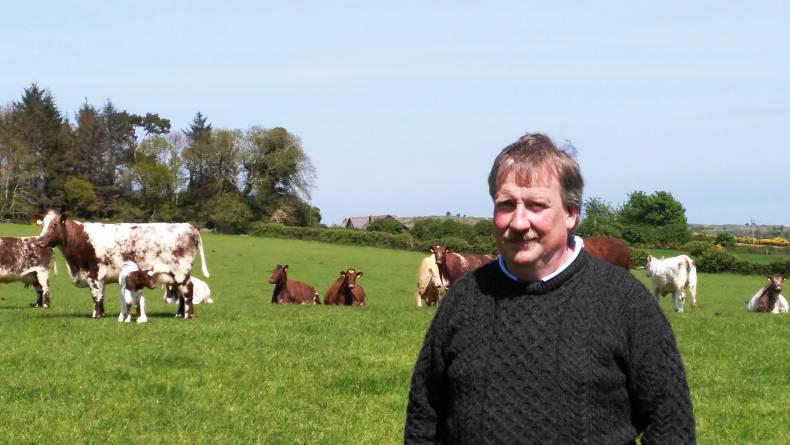
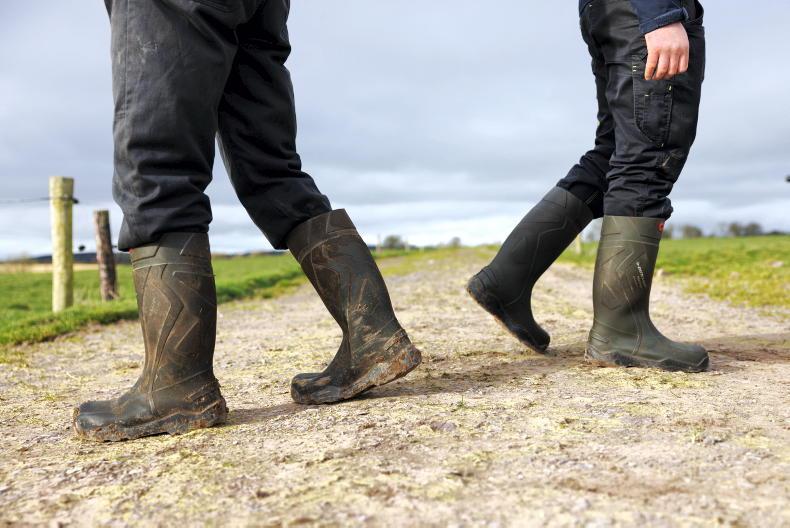
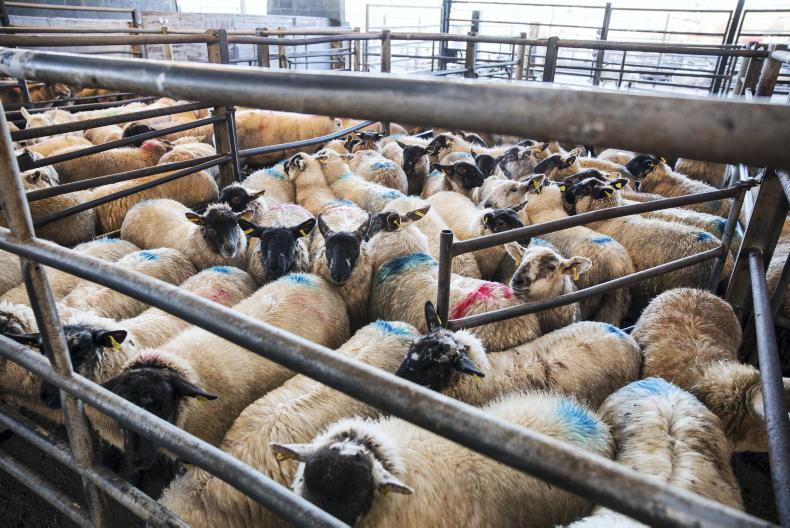
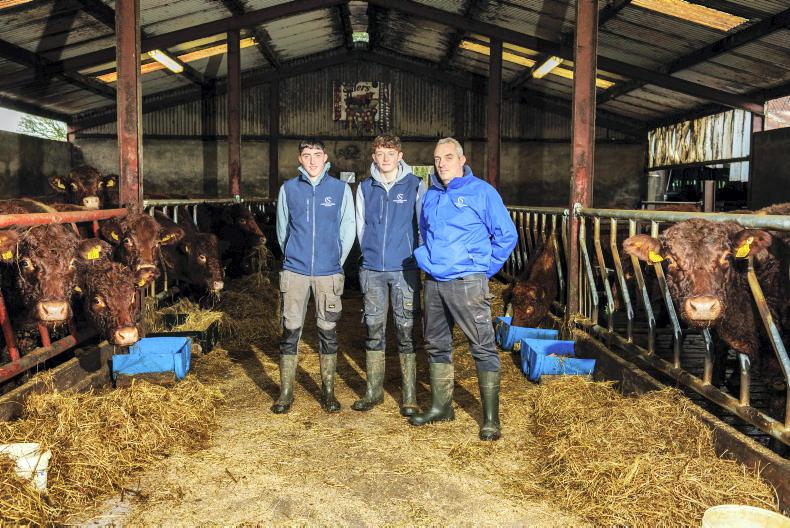
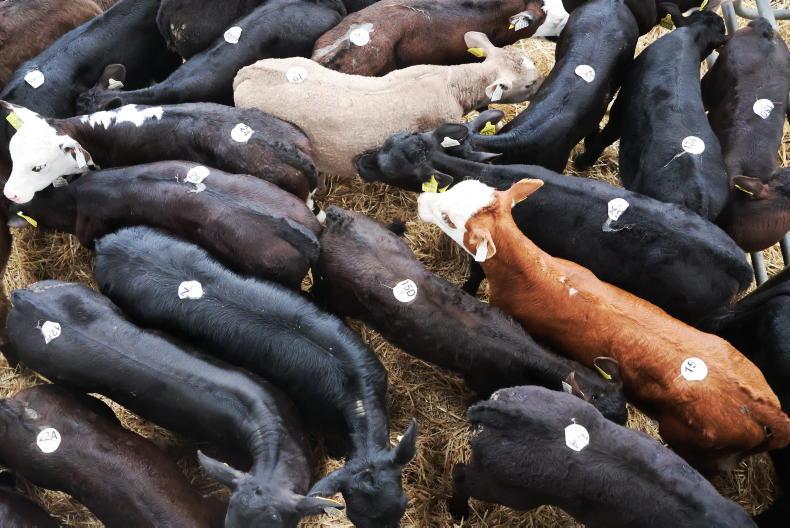
SHARING OPTIONS